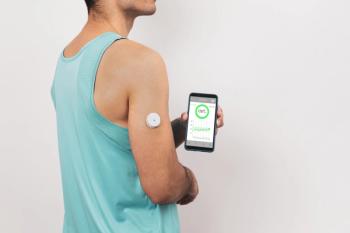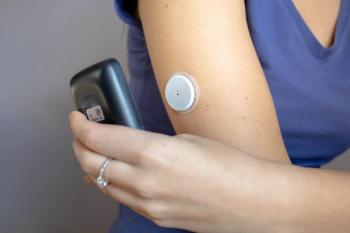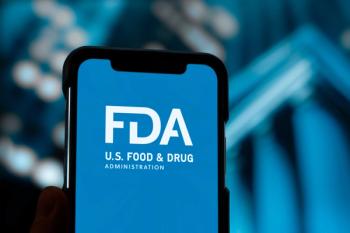
CGM Initiation in Emergency Departments Could Benefit Difficult-to-Reach Patients With Diabetes
A new study found that over 90% of patients and providers said they found the continuous glucose monitoring useful.
Patients with diabetes who have limited access to longitudinal care could benefit from initiating continuous glucose monitor use in the emergency department, according to research published in the journal Endocrine Practice.1
Around 9% of all adults in the United States have been diagnosed with diabetes.2 Many of these patients are at high-risk for complications and do not have adequate access to long term care to manage their disease. Because of this, these patients often use the emergency department as a last resort, which can burden the healthcare system.
“Many people living with diabetes, including those most at risk for complications, lack access to reliable longitudinal medical care, and “meeting them where they are”—in this case, in the emergency department—could prove to be a useful strategy, as continuous glucose monitoring has been shown to improve glycemic outcomes in many other settings,” the authors wrote.
Investigators from the University of Massachusetts Chan Medical School conducted a study to examine if continuous glucose monitoring would be beneficial for patients with diabetes with limited access to longitudinal care if initiated upon discharge from the emergency department.
The study cohort included 30 adult patients with diabetes who were seen in the emergency department for hypo- or hyperglycemia from January 2022 to December 2022. The patients were randomized to either 14 days of flash continuous glucose monitoring or care coordination alone.
Main study outcomes included clinic attendance, the 3-month change in hemoglobin A1c, and repeat emergency department utilization.
Investigators found that the absolute reduction in A1c was greater in the continuous glucose monitoring group. Of patients with newly diagnosed diabetes, all 7 in the continuous glucose monitoring group had a follow-up A1c under 7% compared to 1 out of 3 in the control group.
Additionally, there was no significant difference between the continuous glucose monitoring and control groups in terms of clinic attendance or repeat emergency department utilization. Over 90% of patients and providers said that they found the continuous glucose monitoring useful.
“Our data demonstrate the feasibility of starting continuous glucose monitoring in the emergency department, a valuable setting for engaging difficult-to-reach patients,” the authors concluded. “Our pilot study was limited by its small sample size, however, as recruitment in the emergency department can be challenging.”
Reference
1. O'Connor MJ, Ding X, Hernandez C, et al. A Pilot Trial of Continuous Glucose Monitoring Upon Emergency Department Discharge Among People with Diabetes Mellitus [published online ahead of print, 2023 Nov 10]. Endocr Pract. 2023;S1530-891X(23)00749-8. doi:10.1016/j.eprac.2023.11.001
2. National Diabetes Statistics Report. CDC. November 14, 2023. Accessed November 21, 2023. https://www.cdc.gov/diabetes/data/statistics-report/
Newsletter
Pharmacy practice is always changing. Stay ahead of the curve with the Drug Topics newsletter and get the latest drug information, industry trends, and patient care tips.




































































































































